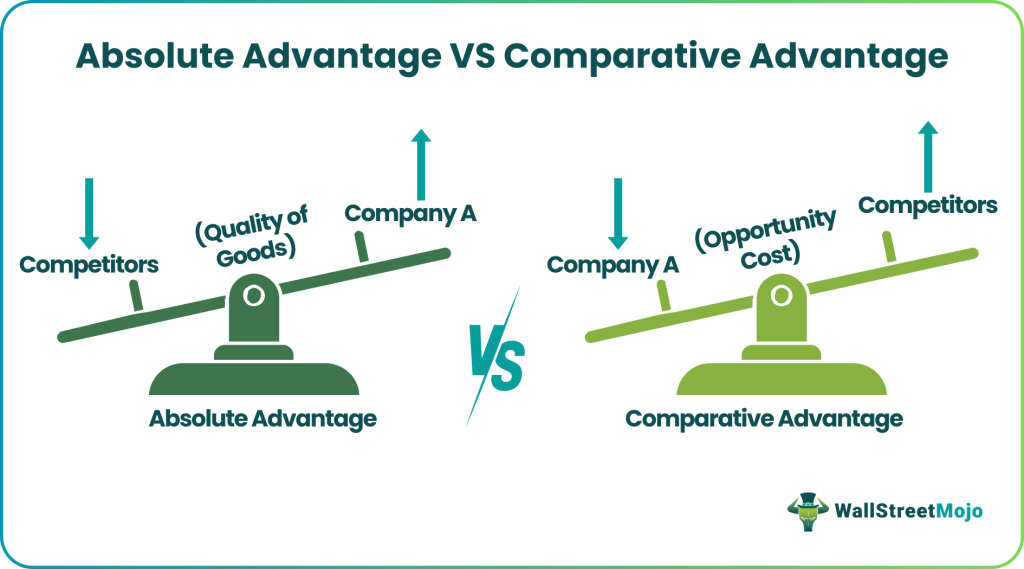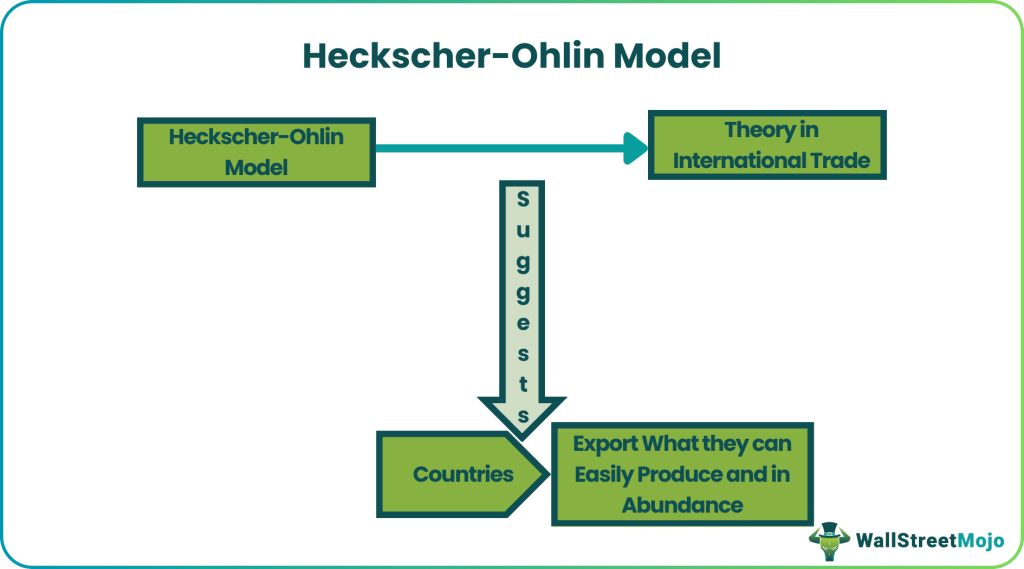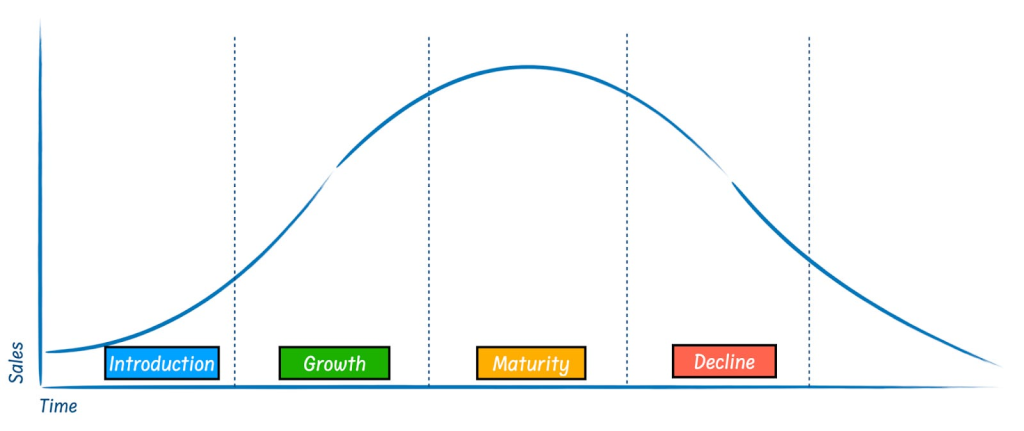INTERNAL EXAM: Analyse the function of WTO
1. Introduction
विश्व व्यापार संगठन (World Trade Organization – WTO) एक अंतरराष्ट्रीय संगठन है, जिसे 1995 में स्थापित किया गया था। इसका मुख्य उद्देश्य विश्व व्यापार को सुचारु, निष्पक्ष और मुक्त बनाना है।
WTO, GATT (General Agreement on Tariffs and Trade) का उत्तराधिकारी है और यह सभी अंतरराष्ट्रीय व्यापार संबंधी नियमों का निगरानी और प्रवर्तन करता है।
2. Objectives of WTO
WTO के मुख्य उद्देश्य निम्नलिखित हैं:
- मुक्त व्यापार को बढ़ावा देना (Promote Free Trade):
WTO का उद्देश्य विश्व स्तर पर टैरिफ और गैर-टैरिफ बाधाओं को कम करना है। - न्यायसंगत व्यापार प्रणाली (Ensure Fair Trade):
WTO यह सुनिश्चित करता है कि सदस्य देश अनुचित व्यापारिक प्रथाओं जैसे सब्सिडी, Dumping, और व्यापारिक भेदभाव से बचें। - विवाद समाधान (Dispute Settlement):
WTO सदस्य देशों के बीच व्यापारिक विवादों का निष्पक्ष और त्वरित समाधान प्रदान करता है। - सदस्य देशों की आर्थिक वृद्धि और विकास (Promote Economic Growth and Development):
विशेष रूप से विकासशील और कम विकसित देशों को वैश्विक बाजार में प्रतिस्पर्धा करने में मदद करता है। - व्यापार पर निगरानी और पारदर्शिता (Trade Monitoring and Transparency):
WTO यह सुनिश्चित करता है कि सदस्य देश अपने व्यापार नीतियों और कानूनों का समय पर खुलासा करें।
3. Functions of WTO
(a) Administering WTO Agreements
WTO विभिन्न अंतरराष्ट्रीय समझौतों जैसे GATT, GATS (General Agreement on Trade in Services), TRIPS (Trade-Related Aspects of Intellectual Property Rights) का प्रशासन करता है।
- यह सुनिश्चित करता है कि सदस्य देश इन समझौतों का पालन करें।
- नियमों का मानकीकरण और अपडेट करना भी इसका कार्य है।
(b) Forum for Negotiations
- WTO सदस्य देशों के बीच व्यापारिक समझौते और वार्ता के लिए मंच प्रदान करता है।
- उदाहरण: Doha Development Round, जो विकासशील देशों की आवश्यकताओं पर ध्यान केंद्रित करता है।
(c) Dispute Settlement
- WTO का विवाद समाधान निकाय (DSB) देशों के बीच व्यापारिक विवादों को कानूनी और निष्पक्ष तरीके से हल करता है।
- उदाहरण: EU और अमेरिका के बीच स्टील और एल्युमिनियम पर टैरिफ विवाद।
(d) Trade Policy Review
- WTO प्रत्येक सदस्य देश की व्यापार नीति की समीक्षा करता है।
- यह पारदर्शिता और नीति सुधार के लिए आवश्यक है।
(e) Technical Assistance and Capacity Building
- WTO विकासशील देशों और कम विकसित देशों को तकनीकी सहायता और प्रशिक्षण प्रदान करता है।
- इससे वे WTO नियमों को समझ सकें और वैश्विक व्यापार में भाग ले सकें।
(f) Promoting Global Economic Growth
- WTO वैश्विक अर्थव्यवस्था में स्थिरता और विकास को बढ़ावा देता है।
- मुक्त और निष्पक्ष व्यापार से उत्पादन, निवेश और रोजगार में वृद्धि होती है।
4. Critical Analysis
Strengths:
- वैश्विक व्यापार में पारदर्शिता और नियमों का पालन सुनिश्चित करता है।
- व्यापारिक विवादों का निष्पक्ष समाधान करता है।
- विकासशील देशों को सहायता और वैश्विक मंच उपलब्ध कराता है।
- वैश्विक आर्थिक वृद्धि और समृद्धि में योगदान करता है।
Weaknesses / Criticisms:
- विकासशील देशों के हितों की उपेक्षा: अक्सर अमीर और विकसित देशों के हितों को प्राथमिकता मिलती है।
- सार्वभौमिक न्याय का अभाव: विवाद समाधान प्रक्रिया में गरीब देशों के पास सीमित संसाधन होते हैं।
- आर्थिक असमानता बढ़ा सकता है: मुक्त व्यापार से विकसित देशों के उद्योग अधिक लाभान्वित होते हैं।
- राजनीतिक दबाव: बड़े और शक्तिशाली देश अपनी नीतियों को WTO पर थोप सकते हैं।
5. Conclusion
WTO विश्व व्यापार को सुसंगत, निष्पक्ष और पारदर्शी बनाने में महत्वपूर्ण भूमिका निभाता है।
यह सदस्य देशों को नियमों के तहत व्यापार करने और विवाद हल करने की सुविधा देता है।
हालांकि, इसकी आलोचनाएँ भी हैं, जैसे विकासशील देशों के हितों की उपेक्षा और आर्थिक असमानता।
समग्र रूप से, WTO वैश्विक आर्थिक सहयोग और स्थिरता के लिए अनिवार्य है, लेकिन इसके सुधार और विकासशील देशों के लिए समर्थन को और मजबूत करना आवश्यक है।
PROJECT WORK: Theories of International Trade for M.A Economics
1. Introduction
International trade is the exchange of goods, services, and capital across national borders. It has been a driving force of globalization, economic growth, and structural transformation for centuries. Understanding the theories of international trade is vital for economists, policymakers, and businesses because these theories explain why trade occurs, how countries benefit, and what determines trade patterns.

2. Objectives of the Study
- To understand the conceptual foundations of international trade.
- To analyze different theories explaining the basis and benefits of trade.
- To compare classical, neoclassical, and modern trade theories.
- To evaluate the practical relevance of these theories in the Indian and global context.
- To critically examine the limitations of traditional trade theories in the age of globalization and digital trade.
3. Classical Theories of International Trade
3.1 Mercantilism (16th–18th Century)

- Advocated a positive balance of trade (exports > imports).
- Wealth of a nation was measured by its stock of gold and silver.
- Policy implications: tariffs, quotas, colonial expansion.
- Criticism: ignored mutual gains from trade and promoted protectionism.
3.2 Adam Smith’s Theory of Absolute Advantage (1776)
- A country should specialize in producing goods where it has an absolute cost advantage.
- Trade leads to efficiency and wealth creation.
- Example: India may have absolute advantage in IT services, while Brazil in coffee production.
3.3 Ricardo’s Theory of Comparative Advantage (1817)
- Even if a country has absolute advantage in all goods, it should specialize in goods with comparative advantage (lowest opportunity cost).
- Illustration:
- India: textiles (lower opportunity cost).
- USA: aircraft (higher productivity).
- Both gain from specialization and exchange.
- Significance: Foundation of modern trade theory.

4. Neoclassical Theories of International Trade
4.1 Heckscher-Ohlin (H-O) Theory (1919–1933)
- Trade is determined by factor endowments (land, labor, capital).
- A country exports goods that use its abundant factors intensively and imports goods that use its scarce factors intensively.

- Example:
- India (labor-abundant) → exports textiles, IT services.
- USA (capital-abundant) → exports machinery, aircraft.
4.2 Factor Price Equalization Theorem
- Free trade tends to equalize factor prices (wages, rents, returns on capital) across countries.
- Criticism: In reality, wage gaps persist due to technology, barriers, and labor mobility restrictions.

4.3 Stolper-Samuelson Theorem
- Trade benefits the owners of abundant factors but hurts the owners of scarce factors.
- Explains income distribution effects of trade (e.g., globalization benefits skilled workers more than unskilled ones).
5. Modern Theories of International Trade
5.1 Leontief Paradox (1953)

- Empirical test of H-O model showed U.S. (capital-abundant) was exporting labor-intensive goods and importing capital-intensive goods.
- Indicated the role of technology, preferences, and human capital in trade patterns.
5.2 Product Life Cycle Theory (Raymond Vernon, 1966)

- Trade patterns evolve with the life cycle of a product:
- Innovation stage (developed countries export).
- Maturity stage (production spreads globally).
- Standardization stage (developing countries export).
- Example: Mobile phone production shifted from the U.S. → Japan → South Korea → China.
5.3 New Trade Theory (Paul Krugman, 1970s–80s)

- Emphasizes economies of scale, imperfect competition, and product differentiation.
- Explains intra-industry trade (e.g., Germany exports and imports cars simultaneously).
- Policy implication: Role of government in supporting industries (strategic trade policy).
5.4 Gravity Model of Trade
- Trade between two countries depends on their economic size (GDP) and distance.
- Larger economies trade more; closer countries trade more due to lower costs.
- Example: India’s trade intensity is high with neighboring countries (Bangladesh, Nepal) and large economies (USA, China).

6. Contemporary Perspectives on Trade
6.1 Global Value Chains (GVCs)
- Production is fragmented across borders (e.g., Apple iPhone components from multiple countries).
- Developing economies like India integrate into GVCs via IT services, textiles, and pharmaceuticals.
6.2 Technology and Digital Trade
- E-commerce, fintech, and services trade have redefined comparative advantage.
- India’s strength in digital economy (UPI, IT outsourcing) highlights a new trade dimension.
6.3 Trade and Development Linkages
- Trade can accelerate growth, but may also widen inequality.
- Environmental concerns (carbon footprint of global trade) challenge traditional theories.
7. International Trade Theories and India
- Comparative Advantage: India has comparative advantage in labor-intensive sectors like IT, textiles, and pharmaceuticals.
- H-O Theory: India’s labor abundance explains its export structure, but rising capital inflows have changed patterns.
- New Trade Theory: India’s automobile industry (Maruti Suzuki, Tata Motors) reflects scale economies and intra-industry trade.
- Global Value Chains: India’s integration in software exports and generic drugs.
- Policy Perspective: Trade theories help India design export promotion schemes (SEZs, Production-Linked Incentives).
8. Criticism and Limitations of Trade Theories
- Classical theories assume full employment and perfect competition (unrealistic).
- Neglect of transport costs, tariffs, and trade barriers.
- Ignores non-economic factors (politics, culture, institutions).
- Modern global trade involves services, digital goods, and GVCs, which traditional theories fail to explain fully.
- Rising protectionism (Brexit, U.S.-China trade war) challenges free trade assumptions.
9. Conclusion
Theories of international trade provide a strong foundation for understanding global economic interactions. From classical theories of Smith and Ricardo to modern approaches of Krugman and Vernon, trade theories explain why nations trade, what determines trade patterns, and how trade affects welfare and distribution.
For India, these theories offer insights into designing trade policies, identifying competitive sectors, and integrating into global markets. However, in today’s rapidly changing world of digitalization, services, GVCs, and geopolitical tensions, traditional trade theories must be complemented by new frameworks that account for technology, environment, and global inequality.